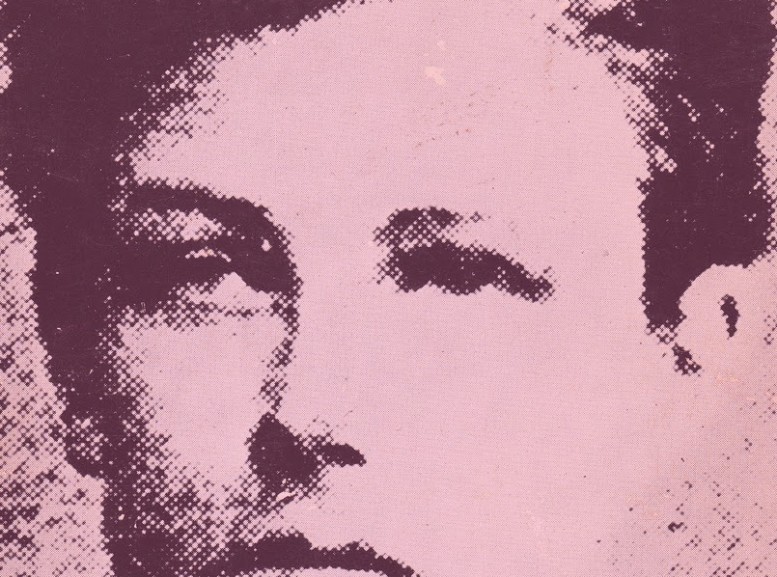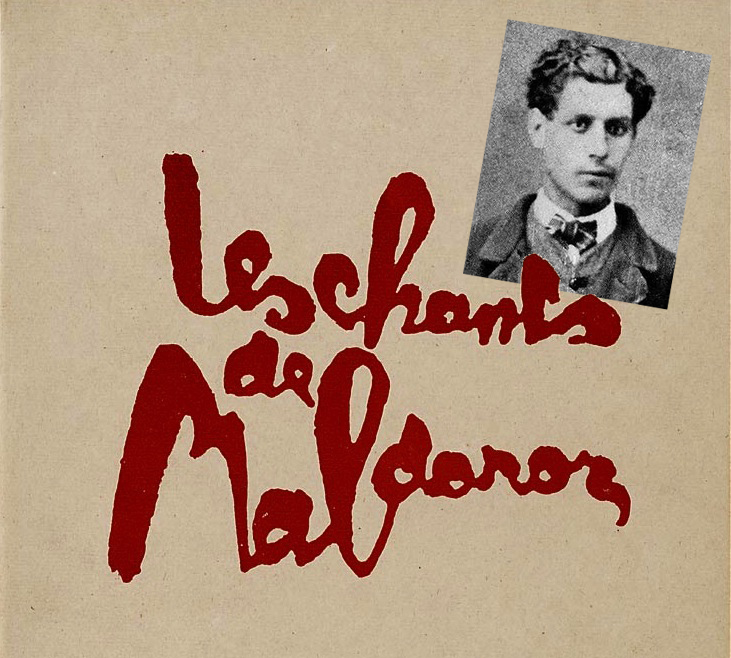 Christopher Lusher & his Pas Un Autre RIMBAUD tee, West Virginia
Christopher Lusher & his Pas Un Autre RIMBAUD tee, West Virginia
Rimbaud Tee
French poets, bearded ladies, leopard hunters, graffiti, and more – a panoply of eclectic imagery in the amazing t-shirt shop of arts & culture journal Pas Un Autre. Purchase here.
Rimbaud, Symbolism's Pretty Young Thing

"The paths are rough. The knolls are covered with broom. The air is motionless. How far away are the birds and the springs! It can only be the end of the world, ahead."
It is true that Arthur Rimbaud was a rabble-rouser and a libertine with louse infested hair, but he was a genius, on par with Mozart, whose provocative, symbolic lyricism was seemingly divined. At only the tender age of 17 and 18 Rimbaud composed some of the most transcendent poetry the world had ever seen - Victor Hugo described him as "an infant Shakespeare." A bright star indeed - whose comburent creativity seemed to burn out like a magnesium flash: at 21 the fire was out completely and Rimbaud quit poetry for good - at 37 he was dead. Rimbaud, who was raised on a farm in Charleville-Mézières, believed in some way that poetry was mysticism - that the poet was a "seer" by the practice of a "systematic derangement of all the senses." This derangement meant total abandonment of morality, judgement, and all things that make a modern man refined, and refined Rimbaud was not. In the early 1870s he developed a relationship, that some debate was homosexual in nature, with the much older poet Paul Verlaine. The two poets would visit London in 1873 where Verlaine would attempt to assassinate his young lover, but it was by Verlaine's side that Rimbaud would write his masterpiece Illuminations, an "intense and rapid dream." A long awaited new translation of Rimbaud's Illuminations, translated by John Ashbery, considered a "major literary event," is due out this May by W.W. Norton and Company. books.wwnorton.com
Required Reading: Lautréamont's Maldoror

"The deadly uses of this book will lap up his soul as water does sugar." In 1917 French writer Philippe Soupault discovered a copy of Comte de Lautréamont's manuscript Les Chants de Maldor in the mathematics section of a small Parisian bookshop, near the military hospital to which he had been admitted.. Lautréamont, which was the pseudonym of Isidore Lucien Ducasse, born in Uruguay 1846 and died in Paris in 1870, was immediately canonized as a surrealist god - in the pantheon of Baudelaire, Rimbaud, and Mallarme. "Chants de Maldoror unveils a world, half vision, half nightmare, of angels and gravediggers, hermaphrodites, and homosexuals, madmen and strange children." Right now at the Galerie Anais in the Bergamont art space in Santa Monica, California a small exhibit of inspired drawings by the the similarly morbid artist Hans Bellmer - The Songs of Maldoror and Erotic Series is on view until March 31st. www.galerieanaisla.com

